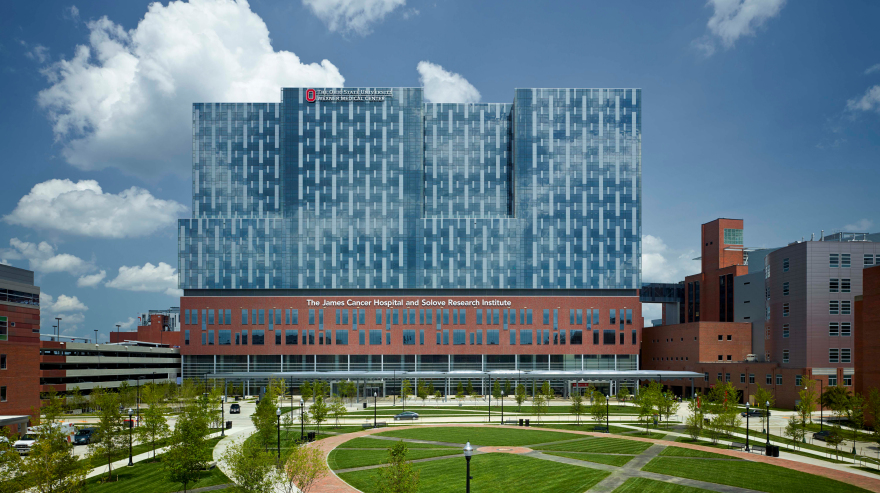
Turner is a North America-based, international construction services company and is a leading builder in diverse market segments.
GET TO KNOW US
Our people bring their technical knowledge, experience, and resourcefulness to the delivery of our construction services. Our expertise and value-added offerings support our clients throughout the lifespan of the construction process.
Stay up to date with the latest news and insights from Turner. Learn from our industry experts sharing innovation, market insight and thought leadership.
Browse Insights
An awarding and fulfilling career awaits you at Turner! Join our team and build some of the most exciting and innovative projects around the world.
Explore careers at Turner
Turner is a North America-based, international construction services company and is a leading builder in diverse market segments.
Get to know us
Our people bring their technical knowledge, experience, and resourcefulness to the delivery of our construction services. Our expertise and value-added offerings support our clients throughout the lifespan of the construction process.
As the largest general contractor in the country, Turner is a leader in all major market segments, including healthcare, education, commercial, sports, aviation, pharmaceutical, retail and green building.
See Our Portfolio
Stay up to date with the latest news and insights from Turner. Learn from our industry experts sharing innovation, market insight and thought leadership.
Browse Insights
An awarding and fulfilling career awaits you at Turner! Join our team and build some of the most exciting and innovative projects around the world.
Explore careers at Turner

Headquarters
Turner Construction Company
66 Hudson Boulevard East
New York, NY 10001
(212) 229-6000 turner@tcco.comEthics & Compliance Hotline
Report issues 24 hours a day, 7 days a week to Turner’s Confidential Reporting System
(888) 738-1924 https://turnerconstruction.ethicspoint.comSend

Subcontractors
Before reaching out, please review our prequalification requirements.
Become a Subcontractor


This project encompassed the erection of a novel 425-square-metre hybrid power plant, concurrent with the decommissioning of a pre-existing power plant catering to all hospital functions at LGH. The new power plant seamlessly accommodates the comprehensive array of current hospital operations. Remarkably, the underground power plant was meticulously developed and operational before the phased demolition of the preceding facility. The project's scope extended to requisite modifications in multiple hospital spaces to harmonize with the new power plant. This intricate process mandated rigorous coordination with stakeholders, accompanied by stringent infection control protocols to ensure asepsis. Within the 425 sqm facility, new steam and hot water boilers were installed, complemented by state-of-the-art medical gas systems. The venture necessitated extensive civil and utility undertakings, entailing the strategic relocation of the gas main and fiber optic cables, elimination and secure closure of storm and sanitary lines, and the meticulous removal of the existing water service. Moreover, drilling and installation of new services were executed to exacting standards. Notably, the newly established subterranean power plant is horizontally integrated with the existing Hope Centre, thereby seamlessly augmenting the hospital's power infrastructure.
Renovations and abatement in the tunnels and mechanical rooms required rigorous infection control procedures to ensure air quality remained at standard. This was monitored daily by the team to ensure contamination did not occur. This included poly enclosures and pressurized rooms with temporary wall structures. As this project occurred throughout the pandemic, infection control was crucial to keep the project going and keep the trades and staff safe. The team engaged the hospital’s infection control experts to discuss the controls the hospital had in place to prevent the spread of COVID, providing workers with answers to questions about their safety. Site procedures put in place included introducing signage, safety protocols, screening protocols, disinfecting, room occupancy limits, and one-way systems throughout the project, when little was known for sure about transmission and safety.
Replacing a power plant of an operational hospital is like completing a heart transplant on a conscious patient. To minimize the impact to the existing facilities, the project was completed in 13 phases. The Lion Gate Hospital Facility consists of several buildings on the Campus which are all connected by an underground tunnel system, a corridor for mechanical and electrical services as well as a passageway for hospital operations and patient transport. During construction Turner had to coordinate work in the tunnel to allow for transport and other operations to continue uninterrupted. The project required additional mechanical piping to be rerouted from the existing power plant to the new power plant through the tunnel and other existing facility spaces.


